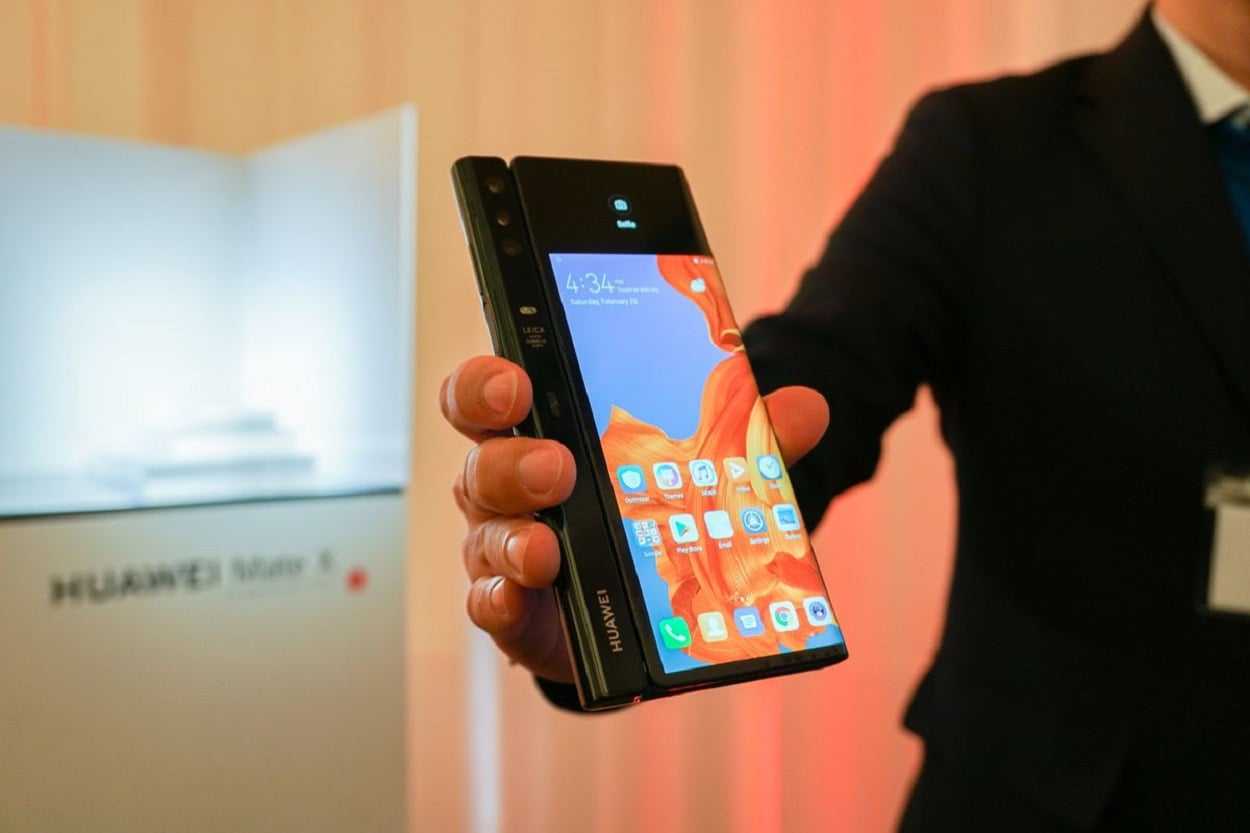Huawei has just recently confirmed that the Huawei Mate X is now finally available for Pre-order in the manufacturer’s home country of China. For the variant that features with eight gigs of RAM, 512 gigs of internal storage and also 5G connections – the company will demand $2406.
Taking this price tag into consideration, it is almost $400 more than what Samsung is commanding for its own version of a foldable smartphone : of course, a direct rival to Huawei’s product.
Originally, the Mate X was supposed to launch four months ago, all the way back in June. However, the company took the decision to delay the release of the device due to the defects which followed the Galaxy Fold.
Indeed further plans of an August launch too were shattered as Huawei had to overcome many hurdles. In fact it was confirmed by Richard Yu – who happens to be the Huawei consumer business group CEO at an IFA 2019 that Huawei did want to launch the device in August, however as we know now, the company couldn’t manage this.
Must Read: Sony Xperia 1 professional edition – why so expensive
It was followed that the display of the device required some changes before the large volume production took place. And while the improvements haven’t been discussed by Huawei, it is being speculated that much like Samsung, Huawei too went on to strengthen the foldable screen which was in place. Much has also been made of the fact that these foldable phones make use of plastic displays, which does of course mean that they could be prone to many scratches – this issue might have been inspected and might have been amongst the reasons of the delay which followed with the Mate X.
App support also proved to be a stumbling point and was a major challenge to address for developers – who obviously required time to make sure that their apps were suitable enough for the screen size which we see on the Mate X.
Nonetheless, it’s time to disregard all the hurdles which delayed the launch for Huawei’s first ever foldable device as it has now finally made its way into the Chinese market. As far as a global rollout goes, we can only wait to see when that happens.




